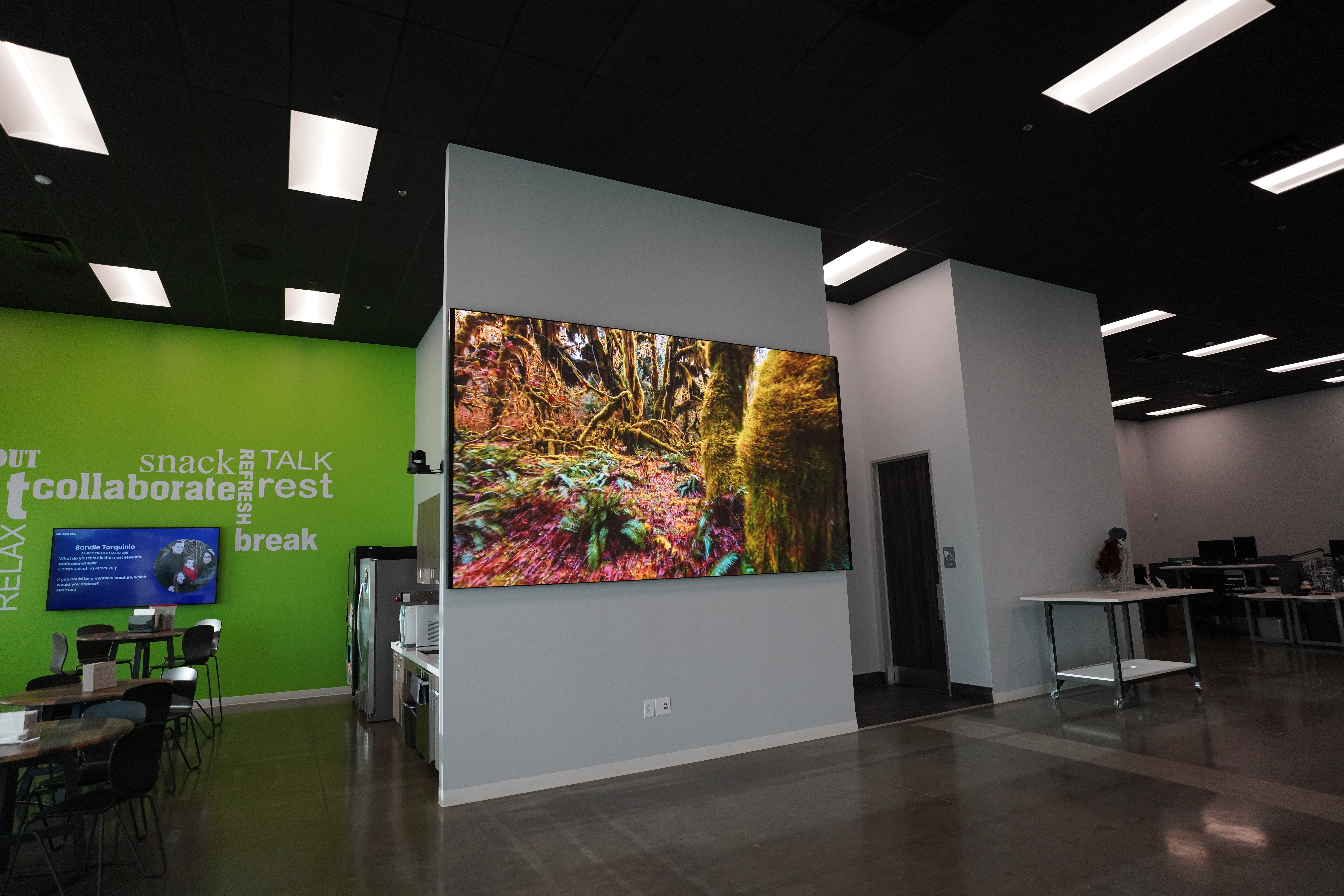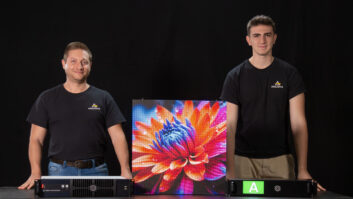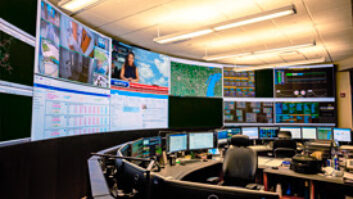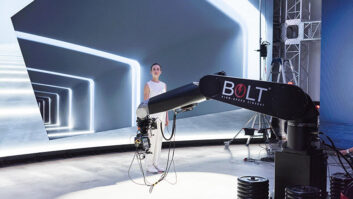
The distinction between these two functions sometimes gets lost, but is worth remembering, says Tim Griffin, founder and CTO of Userful.
Historically, there has been an explicit distinction between a videowall processor and a videowall controller, and the role each plays within a videowall system. Nowadays it seems that the line between these two components has been blurred to the point that they are being used interchangeably. Technology advancements have made it possible for the processor and controller functions to be integrated within the same device, but it is still helpful to understand and discuss these two functions separately.
Videowall processors (or video processors) are advanced signal routers that that take several inputs and create or composite them together into a single image, which can then be output to a grid of synchronised displays (aka a videowall). Videowall controllers, on the other hand, enable the output to multiple displays and allow those displays to be controlled and coordinated in interesting ways: for example, providing additional control over the content, layout and configuration of the videowall. Thought of simplistically, the processor processes the video content, and the controller controls the displays in the videowall. For the most advanced use cases you need both sets of functionality.
Processor approaches
To better understand the difference between them, let’s look at the approaches to videowall processors out there. First, there are some fixed solutions that use proprietary hardware, with one input and a fixed number of outputs. These ‘black boxes’ usually come pre-configured for a specific use case, and though reliable and easy to set up, have limited future expansion possibilities.
Then there is the video card approach, which uses a standard PC with added specialised video cards. This approach gives more flexibility, but can still be limiting when it comes to expansion, and of course the number of PCI slots in the PC may restrict the number of cards (and thus inputs and outputs) that the system can support.
Finally, there is the network-based approach – or AV-over-IP – that leverages the Ethernet infrastructure and standard PCs to both create and capture the content, process it, and deliver it to the videowall displays. The number of inputs and outputs it is only limited by the network’s bandwidth and the power of the PC. This approach offers more scalability and flexibility than the other two approaches.
Control considerations
It is also worth thinking about the level of control you will need coming from the ‘controller’ side of your videowall solution. The ‘black box’ approach generally comes with very limited control capabilities, typically just scaling the one source onto the fixed number of outputs (these are often called tile matrix scalers); whereas the software-based solutions are able to provide a richer set of control features. You will definitely want a full videowall controller for more complex applications (control rooms, live events, high-end digital signage). Be aware that if you choose the ‘PC with extra video cards’ approach, you will likely find yourself in trouble when attempting to add controller features, as it is often the case that controller software is very specific about the supported hardware, which can be very limiting.
Videowall controllers enable users to adjust the content layout, switch which content is playing where on the videowall, and even perform the more advanced task of sectioning the videowall into zones (or windows) with multiple content simultaneously. Some videowall controllers even offer interactive capabilities to videowalls: from supporting interactive content, such as desktop environments and web browsers, to having added control of the videowalls from external devices, like smartphones and tablets.
A great feature of some software-based solutions, including Userful, is the capability of interconnecting with a wide range of external devices, via APIs, to provide a more engaging and interactive experience to the audience. APIs are now ushering videowalls into the phenomenon of the Internet Of Things. For example, a set of external sensors, such as presence or face detection, can be ‘connected’ to a videowall controller so that when somebody walks by, or stands in front of the videowall, they automatically trigger a change in the content or layout displayed.
The added flexibility of software-based videowall controller solutions allows them to be up to date with the rapid pace of technological change, without having to incur another big investment. Ultimately, this contributes significantly to videowalls’ return on investment.







